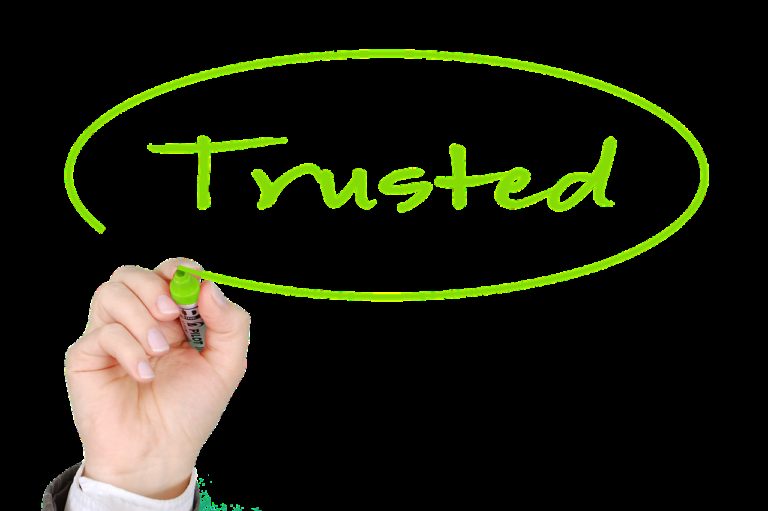You’ve probably seen advertisements, promos, and articles from experts saying that you can create an ecommerce website for free. While this is theoretically possible, you will ultimately get what you paid for.
This is particularly true for an ecommerce website, where you’ll need to spend more money to guarantee it’s beautiful and functioning.
This necessitates that you first determine how much your ecommerce website will cost and what features and functionality it would provide.
In this post, we’ll look at how much you need to start an ecommerce website and what to anticipate from various approaches, tools, and partners.
How Much Does an Ecommerce Website Cost?
1. Hosting
To function properly, all websites need hosting. Web hosting is a service that allows you to access the content of your website.
The cost of web hosting is determined by a number of variables, including the amount of traffic your website receives and any additional services you may need, such as automatic backups.
Standard web hosting may cost as little as $1.39 per month, but a bundle with all the bells and whistles can cost as much as $500 or more.
You’ll also need a domain name, which acts as your internet store’s digital business card. You may generate domain ideas from Shopify’s domain name generator and then register the domain using an ecommerce platform.
Returning to hosting, ecommerce shops often employ one of two types:
a). Self-Hosted
Some ecommerce website builders, such as PrestaShop and WooCommerce (a WordPress plug-in), are free. However, in order to acquire a name and manage your files, you must have a hosting subscription. You will be “self-hosting” your ecommerce site in this situation.
When self-hosting, you will incur the following expenses:
- A domain name costs an average of $11.99 per year.
- A web hosting account costs as little as $5.99 per month.
- An SSL certificate costs as little as $69 per year.
Some web servers provide free SSL and a domain name in their packages, but they supply less bandwidth (capacity to handle online traffic) than other hosting companies.
The biggest disadvantage of self-hosting is that when your ecommerce website develops in visitor volume, you’ll need to update your hosting plan. Self-hosting charges for a high-traffic website might run from $1,000 to $2,500 per month.
b. Cloud Hosting
Ecommerce solutions such as Shopify do not need you to host, install, or administer your own domain. Your monthly software subscription includes everything you need to operate a website. Every Shopify subscription includes secure hosting, which includes:
- Servers that are lightning quick, so you don’t lose consumers due to sluggish site performance.
- You will get unlimited bandwidth, so you will not have to worry about paying more if your traffic volume rises.
- PCI compliance ensures the security of client information.
- Email forwarding is unlimited.
- A free SSL certificate to combat fraud and increase client confidence.
You’ll just need to buy a domain name individually. If you purchase a custom domain using Shopify’s domain registration service, configuration and setup will be handled for you. Pricing for.com domains start at about $11 per year, while other top-level domains may cost up to $81 per year, depending on the extension.

Hosting cost breakdown:
- Self-hosted: Monthly fees range from $5.99 to $2,500 with progressive increases.
- Cloud hosting costs as little as $29 per month for unlimited hosting.
2. The Cost of Web Design
Shopify and other ecommerce site builders provide templates that you can quickly adapt to your design. They are a simple and inexpensive approach to boosting the visual appeal of your website. Shopify themes provide features for personalizing the style, colors, layout, and other variables.
Apart from that, the templates include:
- A shopping cart on the homepage
- Product information
- Page of Checkout
- FAQ about pages
Essentially, you receive everything you need to get started with your internet business.
Shopify has over 100 free and paid themes to help you discover the perfect look and feel for your business. You may filter the alternatives by a minimalist style, large pictures, video, 3D items, and more. Depending on the subject, prices might range from free to more than $100.
Your online business needs content to enlighten customers about what they can purchase and why they should select you over competitors. Good website content is also required to rank highly in search engines since Google considers it one of the markers of website legitimacy.
Although you can create the material yourself, hiring a professional who has expertise in creating product and brand copy for ecommerce sites is your best choice. The fee varies according to the content specialist’s expertise and profile grade. Some pros charge between $100 and $500 for each job, while top-rated writers charge upwards of $2,000.
3. Payments Processor
A payment processor is a piece of technology that enables payments between customers and merchants. Every online shop must utilize one to take debit cards, credit cards, and other smart payment alternatives.
Many ecommerce systems have payment processors, with usage costs changing depending on your plan. For example, the Shopify Basic plan charges 2.9 percent + $0.30 for every transaction for online credit card purchases. The price for the Advanced Shopify plan is 2.4 percent.
Shopify Payments is included with every Shopify subscription, allowing you to take credit cards as well as other popular payment options such as Apple Pay, Facebook Pay, and Shop Pay.
According to Shopify, Shop Pay is particularly popular among consumers who make online purchases. The average order value for individuals who used Shop Pay was 6% greater, and they also purchased 35% more than those who used other payment options.
4. Apps and Plug-ins
After you’ve created your website, you’ll probably want to enhance its features and capabilities. The top ecommerce systems allow you to add apps to your business to increase functionality and enhance the consumer experience.
The Shopify App Business has over 3,000 applications, many of which are free to help you keep the cost of developing your ecommerce store low. There is an app for anything, whether you want to show customer feedback, add email marketing, sell on Instagram, or connect with dropshipping suppliers.
Paid applications vary in price and are often available on a monthly subscription basis. You may also generate Shopify API keys to use with bespoke applications created only for your shop. Depending on your developer’s fees and skills, they may cost up to $2,500.
5. Personalization
Custom ecommerce site creation includes creating the design, layout, typefaces, and applications for your individual company requirements. Users of Shopify may collaborate with developers to design personalized storefronts for their companies.

Prices for bespoke development vary depending on the extent of work, however, most Shopify firms charge between $5,000 and $50,000. A less expensive option? Check out Shopify’s Experts marketplace to locate firms and freelancers that provide custom themes created for a fraction of the cost (prices start at $550).
6. Costs of Maintenance
Maintenance is always an issue. Following the launch of your ecommerce site, you’ll need to do frequent inspections and upgrades to verify everything is running properly. The cost of maintaining sites developed on ecommerce platforms varies according to their size.
Smaller websites don’t need substantial technical support, but custom-built shops may require the aid of a developer to keep things running smoothly. A modest to medium-sized business will cost $300 to $1,500 a year, while a big site with high traffic and a large inventory would cost $3,600 to $24,000.
Conclusion
So now you know how much an ecommerce website costs, it’s time to undertake your own research.
While a website builder is frequently the less expensive alternative, you’ll need to account for a few additional expenditures, such as hosting, plug-ins, themes, and potential expert aid if you have special ideas.
The better your web construction experience will be, the more prepared, attentive, and meticulous you are. And, in the end, the better your website will be!



